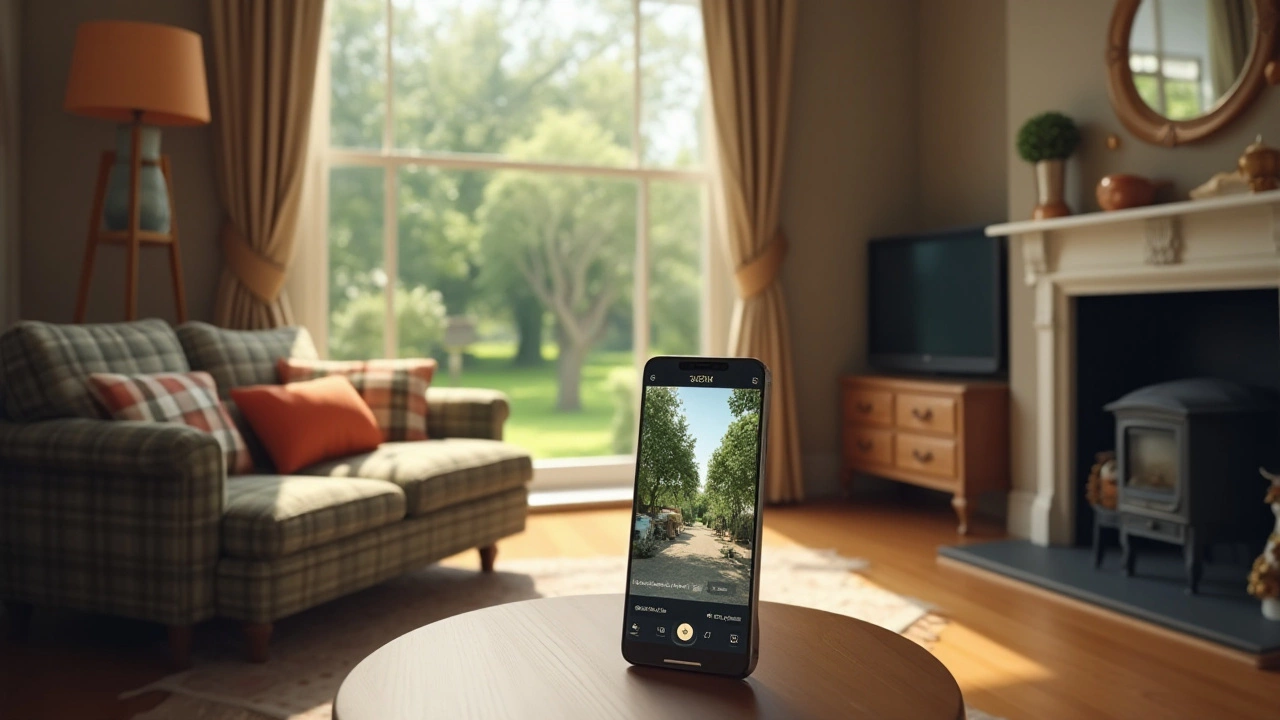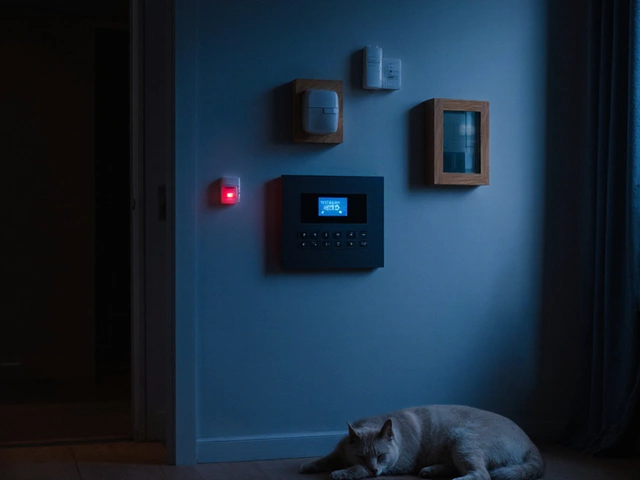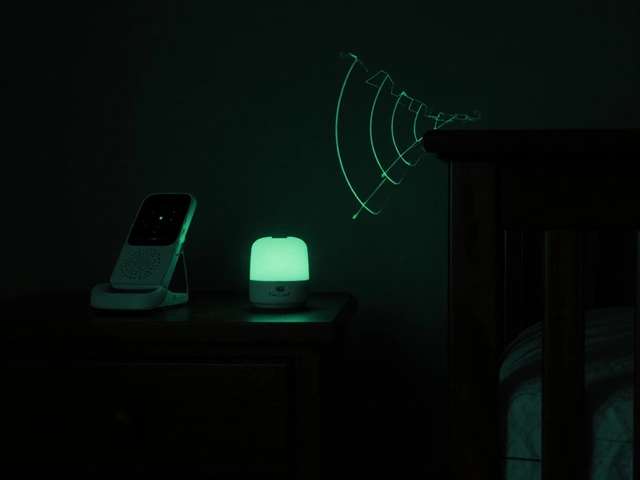Wireless CCTV Kit – Simple Guide for Home Safety
If you’re looking to boost your home security without running cables through walls, a wireless CCTV kit is the answer. These kits give you live video, motion alerts, and cloud storage while letting you keep the installation DIY‑friendly. Below you’ll find the basics you need to pick a kit that fits your budget and the steps to get it up and running fast.
What makes a wireless CCTV kit worth it?
First off, a wireless kit talks to your router or a 4G hotspot, so you avoid the mess of buried wires. That means you can move the cameras around if you rearrange furniture or rent a new place. Look for cameras with dual‑band Wi‑Fi (2.4 GHz and 5 GHz) – the 5 GHz band gives a cleaner signal in crowded neighbourhoods.
Battery life is another big factor. Modern kits offer rechargeable lithium cells that last 6‑12 months on normal motion settings. If you prefer no‑maintenance, choose a solar‑powered option; the panel keeps the battery topped up even on cloudy days.
Video quality matters for identification. A 1080p sensor is the sweet spot: clear enough to read plates, but not so heavy on bandwidth that your router chokes. Some newer models push 2K or 4K, but make sure your internet plan can handle the extra data.
Storage choices split between local micro‑SD cards and cloud plans. Local storage keeps you independent of subscription fees, yet a cloud service lets you watch footage from anywhere, even if the camera is stolen. Many providers, including Birmingham Security Command Center, offer a tiered cloud plan that backs up video for 30‑days at a modest monthly price.
Installing your kit in under an hour
Start by positioning the cameras where they cover entry points – front door, back gate, and any blind spots. Most kits include magnetic mounts that stick to metal surfaces, and a simple screw for walls. Use the companion app to scan the QR code on the back of each camera; the app will guide you through connecting to Wi‑Fi or the 4G dongle.
During setup, give each camera a clear name ("Front Door" or "Garden") – the app will use these names in push notifications. Turn on motion detection and set the sensitivity to medium; you’ll avoid false alerts from pets while still catching a prowler.
After the cameras are live, test the live feed on your phone. Walk in front of each camera to make sure the angle and focus are right. Adjust the tilt if needed – most models swivel a few degrees without tools.
Finally, link the cameras to Birmingham Security Command Center’s monitoring service if you want professional response. With a few clicks, you can add the kit to their 24/7 alarm centre, and they’ll contact you or the police if a serious event is detected.
That’s it – you now have a wireless CCTV kit protecting your home, with video you can check anytime and a monitoring option if you need extra peace of mind. Keep the firmware updated through the app, and you’ll stay ahead of any security glitches.




